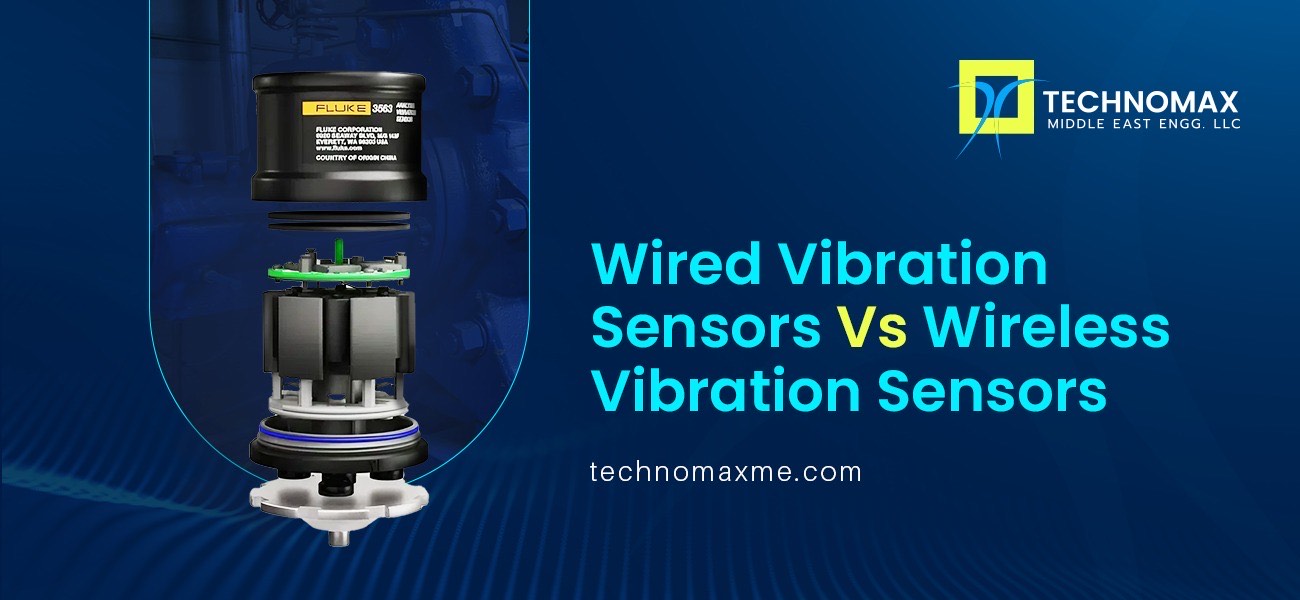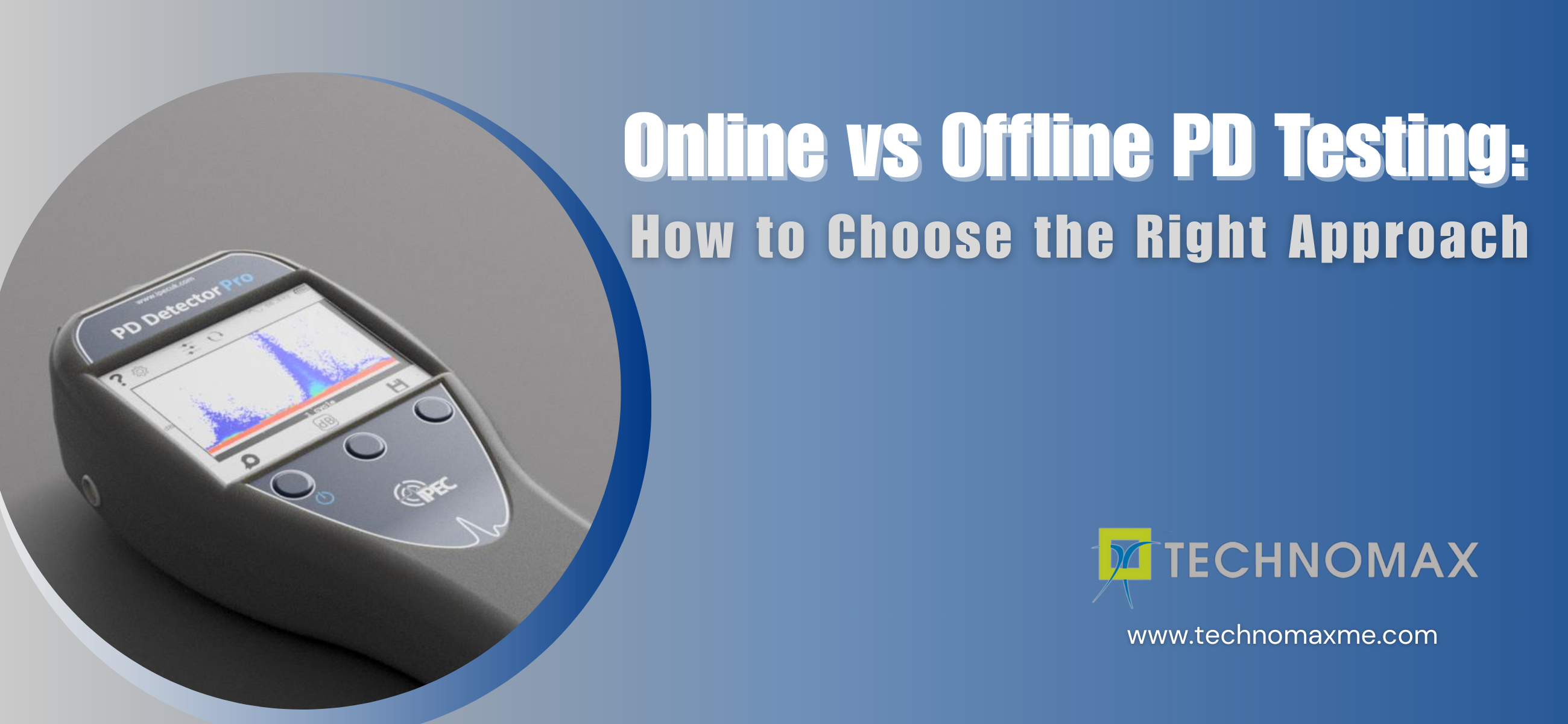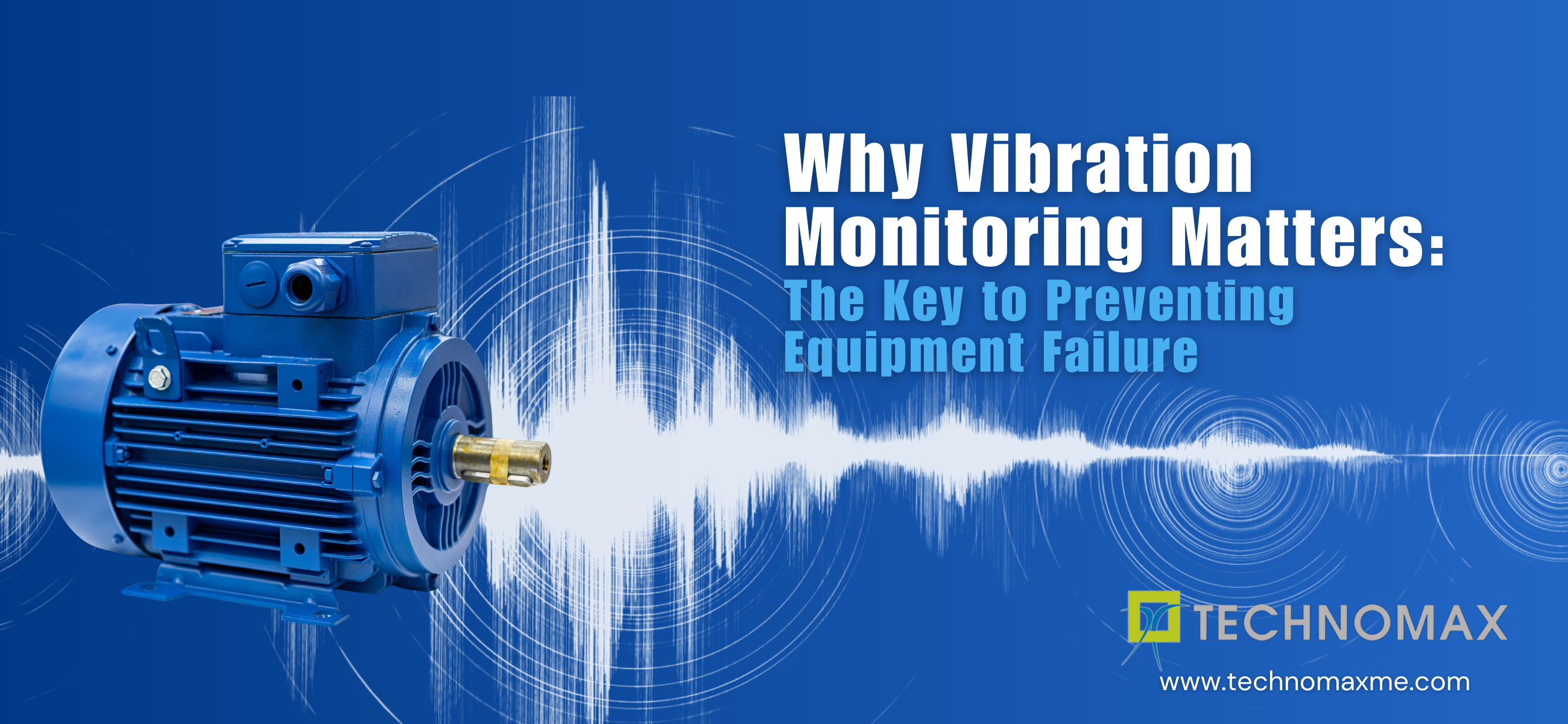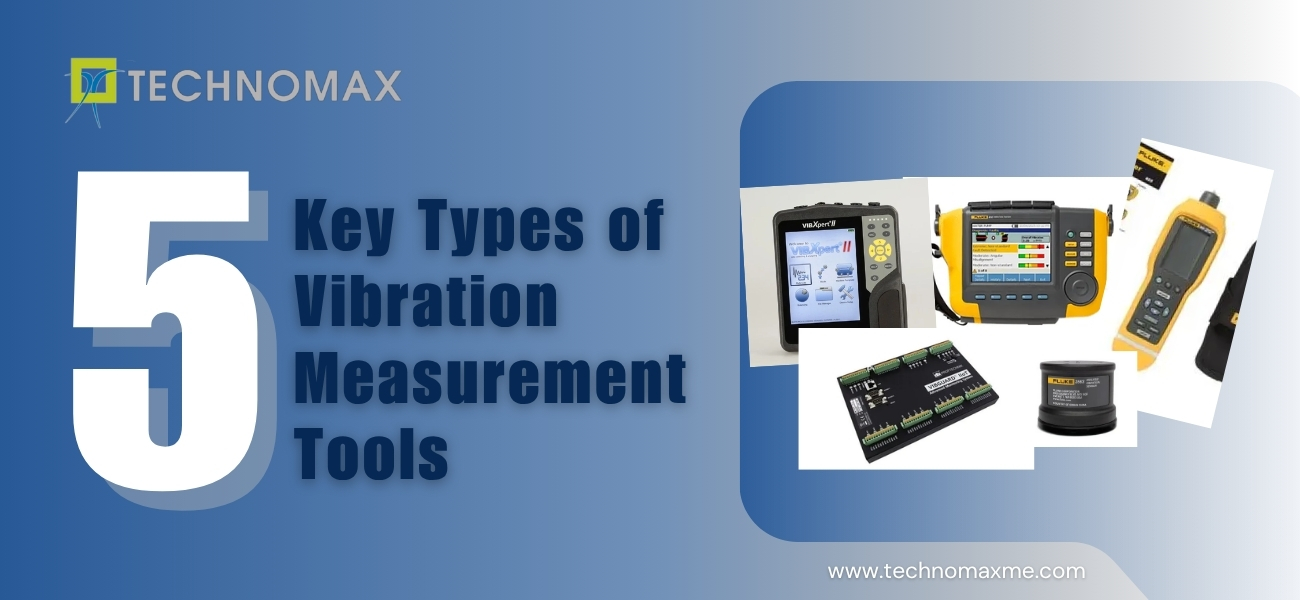
Wired vs. Wireless Vibration Sensors: A Comprehensive Overview
Vibration sensors play a crucial role in monitoring mechanical vibrations across various industries, serving as vital indicators of machinery health. They help identify issues like imbalances, misalignments, and wear, enabling businesses to adopt predictive maintenance strategies, reduce downtime, improve operational efficiency, and prevent costly equipment failures.
As technology advances, vibration sensors are now available in two types: wired and wireless. While both offer effective vibration monitoring, each has distinct advantages and disadvantages. Wired sensors excel in reliability and data transmission, while wireless sensors provide greater flexibility and ease of installation. Understanding the differences between these options is crucial for making informed decisions.
In this blog, we will explore the key disparities between wired and wireless vibration sensors, shedding light on their respective advantages and challenges.
What Is a Vibration Sensor?
A vibration sensor is a device that measures mechanical vibrations, which are oscillatory movements of machinery or structures. It usually includes a sensing element that responds to vibrations and converts them into an electrical signal. This signal can then be analysed to assess the condition of the equipment.
Some of the uses of these sensors include detecting issues in machinery, measuring vibrations in wind turbines and machinery, detecting vibrations in mobile devices, and identifying stress and strain in power generation.
Vibration sensors can be categorised into several types based on their measurement principles:
- Velocity Sensors: These sensors measure the speed of a vibrating object. They are particularly useful for monitoring rotating machinery. Common types include electromagnetic and eddy current sensors.
- Displacement Sensors: These sensors measure the distance a vibrating object moves from its resting position. Capacitive, inductive, and optical sensors are common examples.
- Accelerometers: These sensors measure the acceleration of a vibrating object. They are frequently used in dynamic applications. Servo, piezoelectric, and capacitive accelerometers are among the popular choices.
- Strain Gauges: These sensors measure the deformation of a vibrating object. Electrical resistance and semiconductor strain gauges are commonly used.
- Force Sensors: These sensors measure the force exerted by a vibrating object. Load cells and piezoelectric sensors are common types.
- Acoustic Emission Sensors: These sensors detect and measure acoustic waves generated by stress waves within a material. Resonant and piezoelectric sensors are examples.
What Are Some Benefits of Vibration Sensors?
Vibration sensors play a crucial role in various industries, including oil and gas, HVAC systems, transportation, manufacturing, and renewable energy, providing valuable insights into the health and performance of machinery and equipment. Here are some key benefits offered by these sensors:
What Are Wired Sensors?
A wired sensor is a device that uses electrical wires to transmit data to a central monitoring or control system. Building and industrial automation, transportation, environmental monitoring, healthcare, automotive, etc are some common applications of these sensors. They usually consist of a sensing element (an accelerometer, strain gauge, or thermistor) that converts physical phenomena into electrical signals and a cable that carries these signals to a connected device. Their reliability, accuracy, and durability make them a great tool for a wide range of monitoring and control tasks.
Advantages of Wired Sensors
The following are some of the main advantages of these wired sensors:
- Reliability: These sensors are less susceptible to signal interference from external sources offering consistent and accurate data transmission.
- Data Integrity: They deliver high-quality data in real-time, crucial for important applications where precision is important.
- Lower Long-Term Costs: Although the initial setup may be expensive, wired systems often incur lower maintenance costs over time due to their reliability and durability.
- Robustness: These sensors are generally stronger, durable, and can withstand harsh environmental conditions, making them suitable for industrial applications and outdoor deployments.
While wired sensors have their own advantages, they have some disadvantages as well.
Disadvantages of Wired Sensors
- Installation Complexity: Installing wired sensors can be time-consuming and labour-intensive, especially in large or complex systems. This can increase installation costs and project timelines.
- Limited Flexibility: Once installed, wired sensors may be difficult to relocate or modify without significant disruption. This can limit their adaptability to changing requirements or system expansions.
- Cable Susceptibility: Cables connecting wired sensors can be damaged or severed, leading to interruptions in data transmission. This can be a particular concern in areas with high levels of physical activity or potential for accidents.
- Potential for Interference: While wired sensors are generally less susceptible to interference than wireless sensors, they can still be affected by electromagnetic interference (EMI) in certain environments. This can impact data accuracy and reliability.
What Are Wireless Sensors?
Wireless sensors are electronic devices that can detect and measure various physical parameters (like temperature, pressure, humidity, light, or motion) and transmit the data wirelessly. Using technologies like Zigbee, LoRaWAN, Wi-Fi, and Bluetooth, they are used in various areas, including agriculture, healthcare, environmental and industrial monitoring, and home automation. These sensors provide efficient, scalable, and cost-effective solutions for data collection and monitoring.
Advantages of Wireless Sensors
The following are some of the main advantages of wireless sensors:
- Easy Installation and Flexibility: These sensors offer greater flexibility and ease of installation compared to wired sensors, making them suitable for various locations without the need for extensive wiring. They are particularly beneficial in remote monitoring and challenging environments.
- Scalability: Wireless networks can be easily expanded to accommodate additional sensors, allowing for scalable monitoring solutions. Also, they are adaptable and can be used in harsh environments where wired connections would be risky or impractical.
- Cost-Effectiveness: While the initial cost of these sensors may be slightly higher, they can often lead to long-term cost savings due to reduced installation and maintenance expenses.
- Remote Monitoring: Wireless sensors allow for remote monitoring of various parameters, making it easier to track and manage operations from a distance. Furthermore, they can provide real-time data, enabling timely decision-making and monitoring.
- Reduced Maintenance: These sensors typically require less maintenance compared to wired sensors, as there are no cables or physical connections to inspect or repair. This can lead to lower operational costs and reduced downtime.
- Improved Safety: In hazardous environments, wireless sensors can eliminate the risk of electrical shocks or fires associated with wired connections, adding to safety and reducing any possible hazards.
Disadvantages of Wireless Sensors
Along with the benefits, these sensors also have some drawbacks such as:
- Battery Life: Many wireless sensors rely on batteries, which may need frequent replacement or recharging, especially in applications with high data transmission rates or harsh environmental conditions.
- Interference: Wireless signals can be susceptible to interference from other electronic devices or environmental factors, leading to data transmission errors or disruptions.
- Security Risks: Wireless networks can be at risk of hacking and data breaches, requiring robust security measures to protect sensitive information.
- Range Limitations: The range of wireless communication can be limited, especially in complex environments or over long distances.
- Cost: While wireless sensors can be cost-effective in the long run, the initial setup costs may be higher compared to wired sensors.
- Maintenance: Wireless sensor networks may require regular maintenance and updates to ensure optimal performance and security.
What Is the Difference Between Wired and Wireless Vibration Sensors?
Choosing the right vibration sensor for your business can be challenging at times. It depends on the specific requirements of the application. When deciding between wired and wireless vibration sensors, always keep this in mind.
Wired sensors are well-suited for organisations with fixed locations, large-scale operations, and a need for high data transmission. They are also ideal if you have long-term leases for your office spaces.
On the other hand, wireless sensors are more advantageous for organisations with flexible operations, changing monitoring needs, short-term leases, or businesses experiencing rapid growth and scalability.
Vibration Sensors from Technomax
Considering the growing needs of the modern world, it may be required to use a combination of wired and wireless sensors. This should be done after considering the details such as the sensor type, mode, and capability of sensors, the context of operation, and other details to deliver the data required to make informed decisions. This also offers better operational efficiency.
If you need expert guidance or assistance in selecting the right vibration sensors for your business, Technomax, the leading engineering company in the UAE, is here to help. We offer vibration sensors along with a comprehensive range of services, including vibration analysis, laser shaft alignment, partial discharge testing, and more. Contact us today to explore how our solutions can help your business stay ahead of the curve.
Learn More About Our Services

Recent Blogs

Get Started Now!
It takes less than a minute of your time. Or you may simply call +971 2 555 1 783






